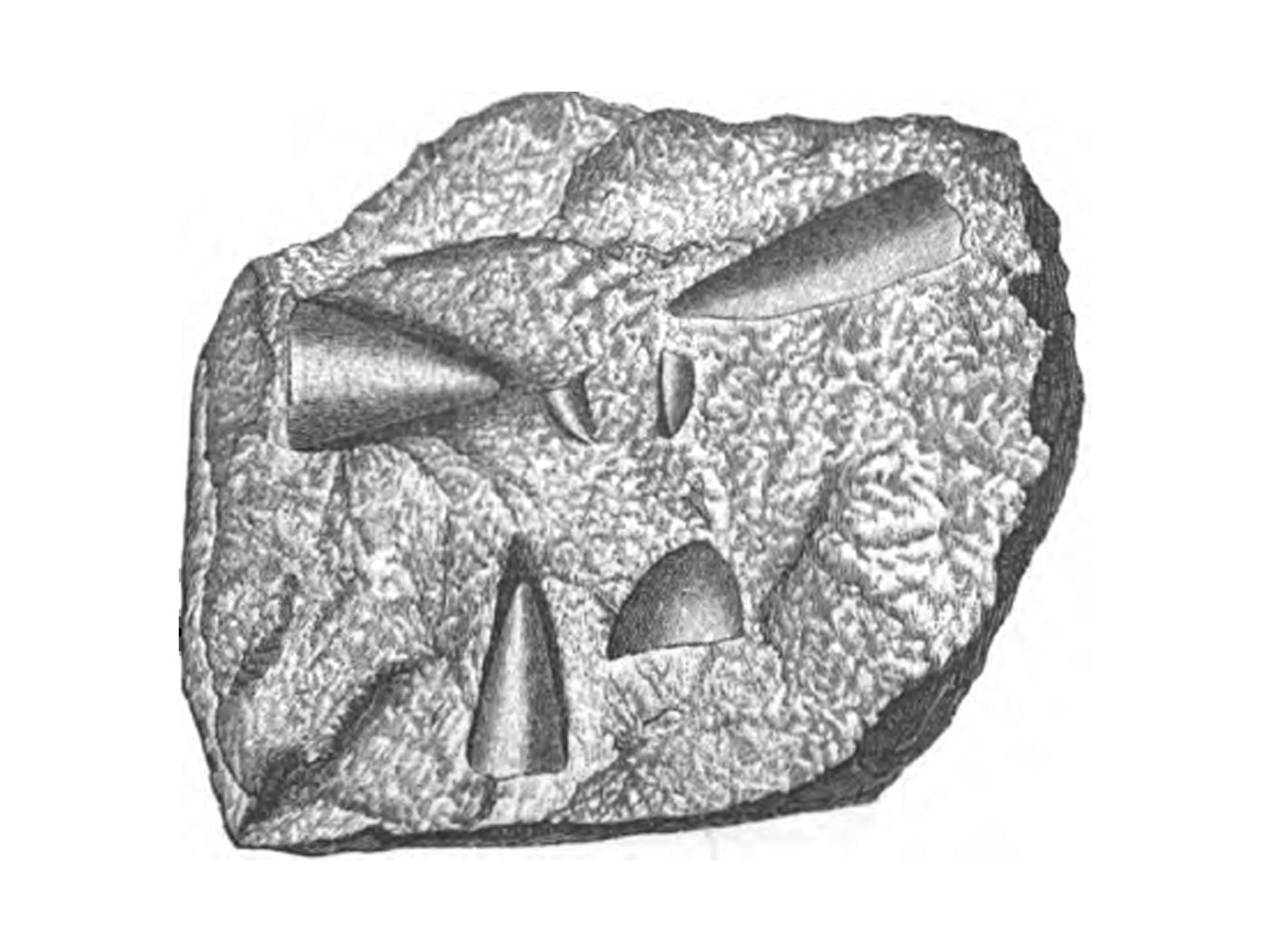The landing of the Huygens probe on Saturn's moon, Titan ranks as one of the most dramatic achievements in space exploration. When Voyager flew by in 1981, Titan looked like a hazy ball at visible wavelengths. Its surface lay shrouded in mystery for 24 years, as scientists tried to model what would happen under a nitrogen-rich atmosphere spiked with methane. The difference between what they expected and what Huygens discovered should be of great interest to creationists.
Titan is the only moon with a substantial atmosphere, composed primarily of nitrogen and just under 5% methane. It became apparent from post-Voyager models that the atmosphere is unstable. Unlike on Earth, where the nitrogen, carbon, and oxygen are recycled, the methane on Titan has only two places to go: down or out. In the upper atmosphere, methane is continually stripped of electrons from bombardment by the solar wind and cosmic rays. Free hydrogen escapes to space. Depleted of some of the hydrogen, the carbon atoms recombine into more complex molecules, some with nitrogen (nitriles) and some with carbon and hydrogen (hydrocarbons). Ethane, propane, acetylene, and benzene have been detected as products of this strange atmospheric chemistry.
Of particular interest is ethane, a stable molecule with two carbons and six hydrogens. Ethane falls to the surface as a liquid and cannot return to the atmosphere. Scientists were confident that the conversion is irreversible, and should lead to a buildup of ethane, forming lakes and possibly oceans on the surface. By the late 1990s, oceans of ethane several kilometers deep were anticipated. Artists' conceptions up until the landing imagined large expanses of liquid ethane or methane dotting a frozen landscape of water ice.
In 1997, a Titan-IV rocket blasted Cassini and its Huygens probe toward Saturn and Titan. During the seven-year cruise, Earth telescopes with improved spectral resolution detected light and dark areas the size of continents, but no global ocean. Finally, on January 14, 2005, Huygens successfully parachuted to the surface, taking priceless photos and measurements all the way down. It was designed to operate on a solid or liquid surface. Mission scientists actually hoped for a splash.
The results were as surprising as they were sensational. Instead of finding lakes or oceans, Huygens landed on a dry lakebed, where liquid methane appeared to saturate the surface but not form pools. River channels suggested erosion of icy mountains by occasional cloudbursts of methane rain. Contrary to predictions, Huygens measured ethane in only trace amounts. If ethane production had been going on for billions of years, where was it? Subsequent radar scans by Cassini showed vast areas covered by wind-driven dunes of icy grains. It appears that Titan is, for the most part, a freezing desert.
In short, Titan turned out to be very different from predictions made using long-age assumptions. The near absence of ethane remains a profound mystery. Now that the data have been published (Nature, 12/08/2005), creationists could do good work modeling Titan's atmospheric dynamics unfettered by long-age assumptions.
* David F. Coppedge works in the Cassini program at the Jet Propulsion Laboratory.














